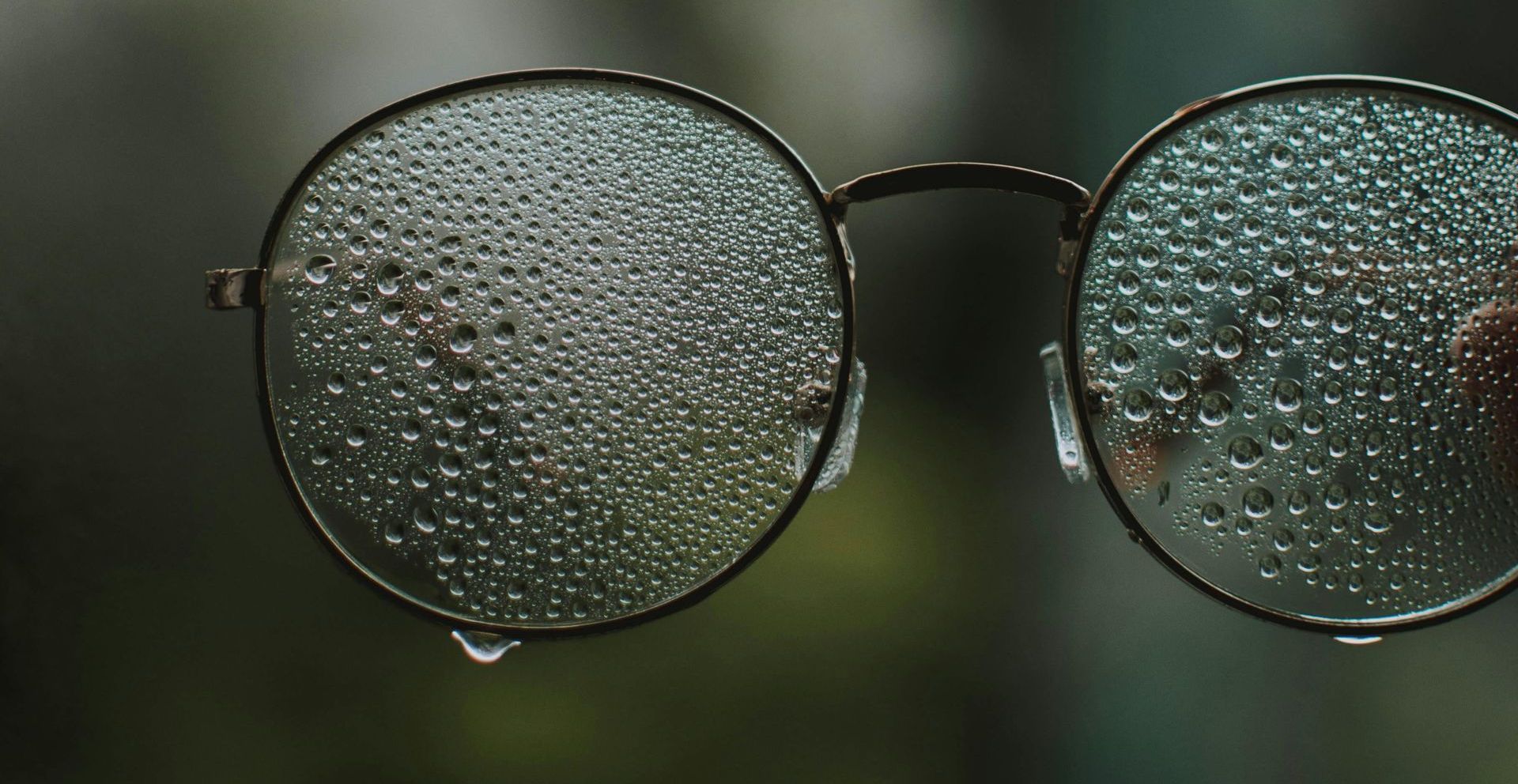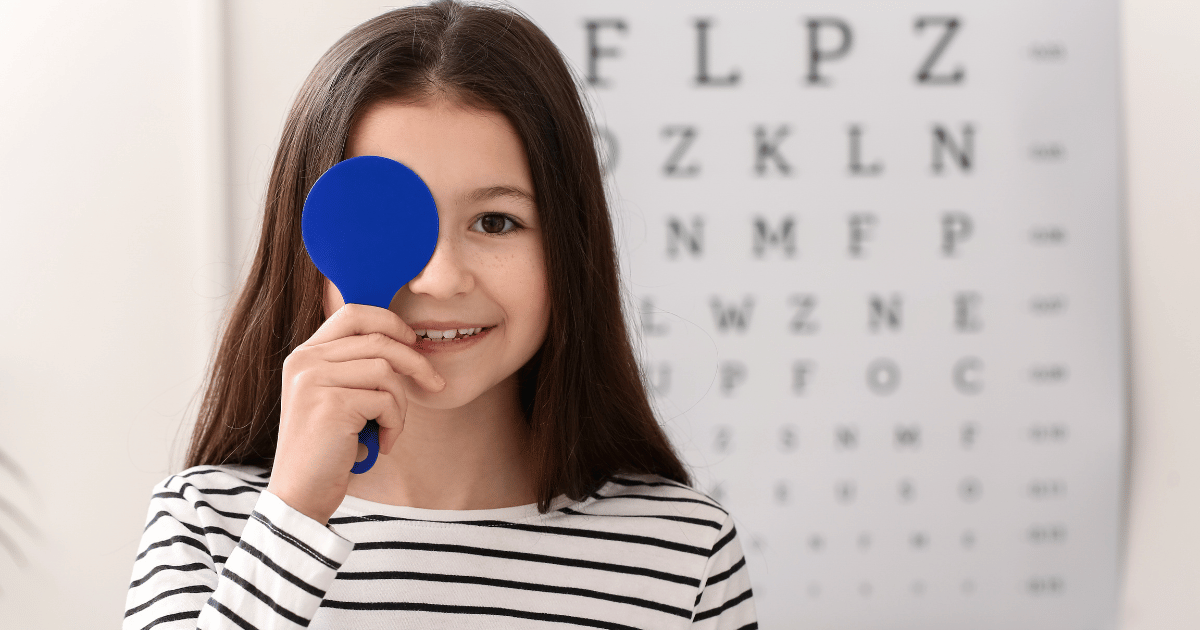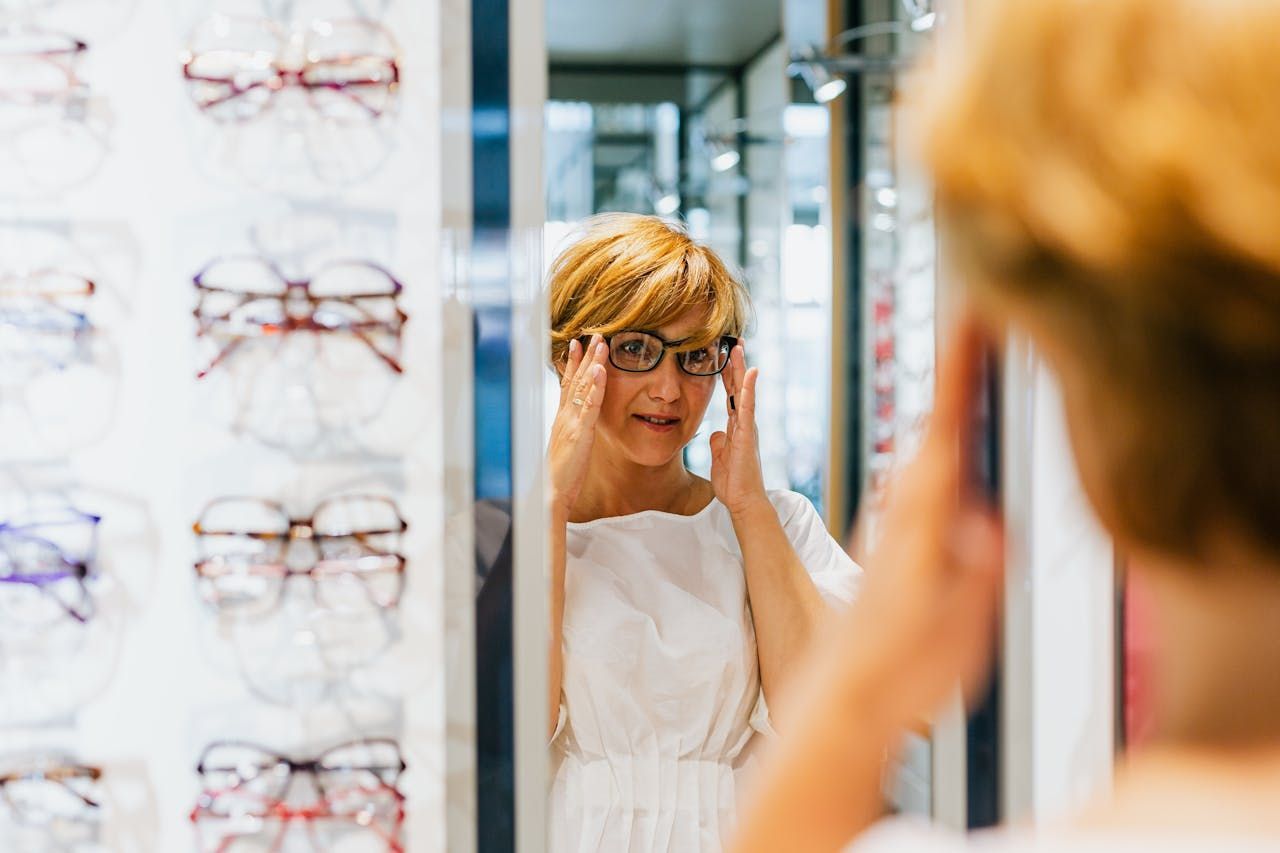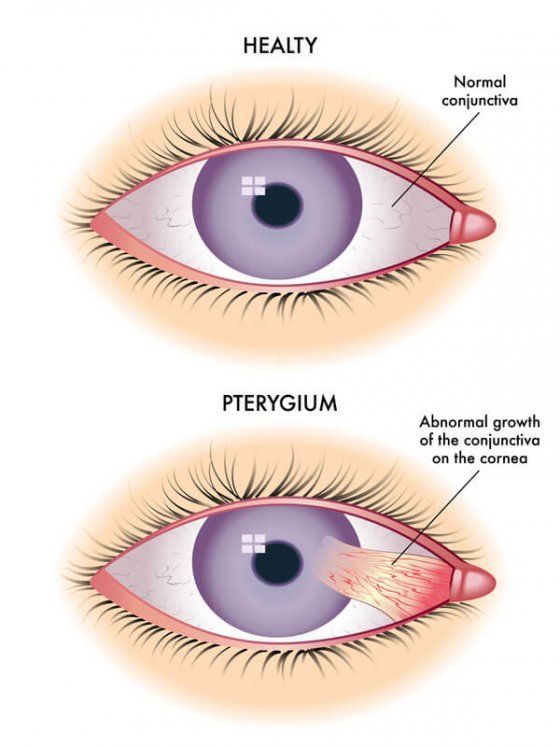Are You Making These 7 Common Mistakes with Your Contact Lenses?
Contact lenses have become a popular choice for vision correction, offering convenience and improved aesthetics. However, improper care and handling of contact lenses can lead to serious eye health issues. Avoiding common mistakes is crucial for maintaining eye health and comfort.
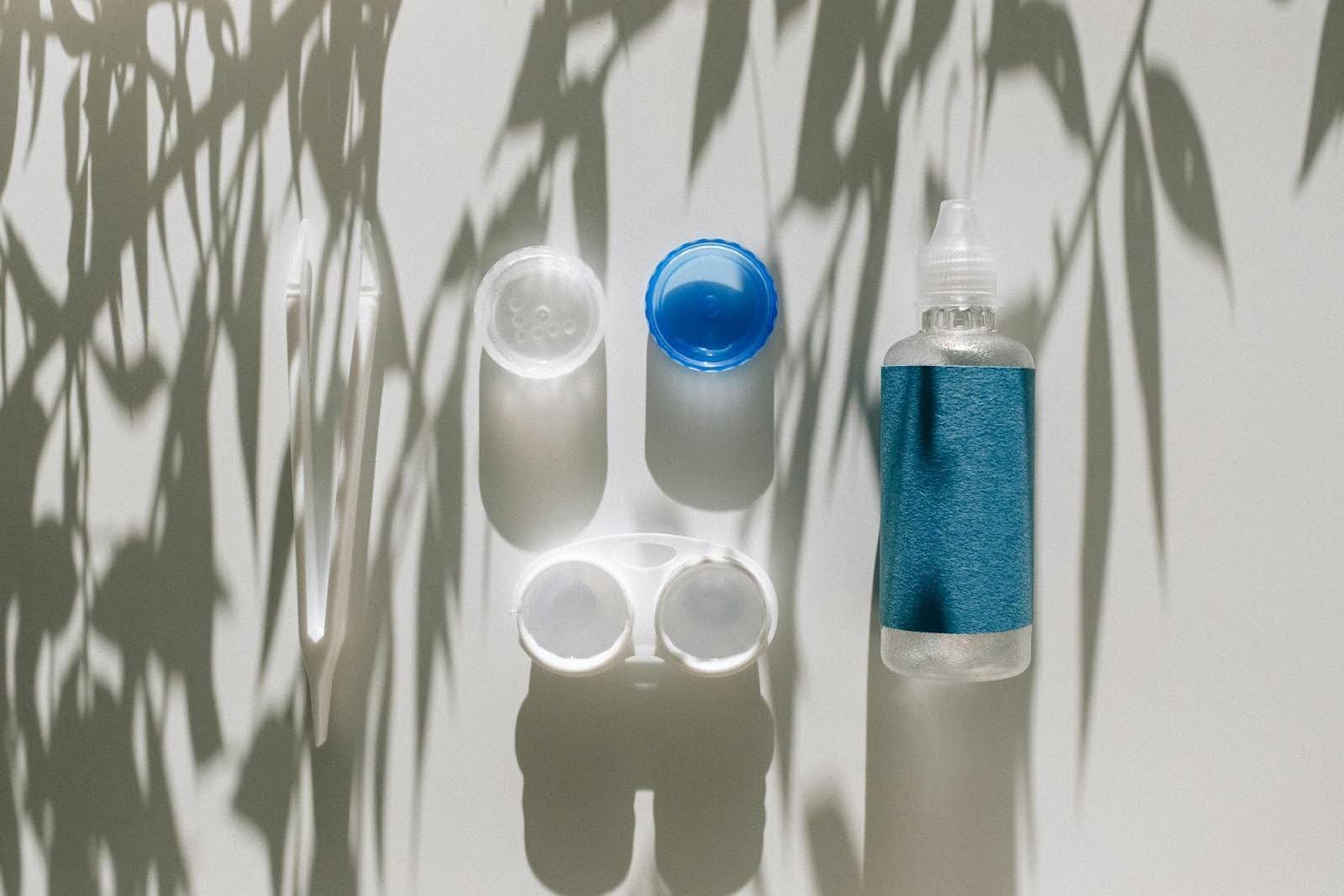
Contact lenses have become a popular choice for vision correction, offering convenience and improved aesthetics. However, improper care and handling of contact lenses can lead to serious eye health issues. Avoiding common mistakes is crucial for maintaining eye health and comfort.
1. Not Washing Hands Before Handling Lenses
When you don’t wash your hands before touching your contact lenses, you risk transferring bacteria and other harmful pathogens to your eyes. This can lead to infections such as conjunctivitis. Always wash your hands with soap and water and dry them thoroughly with a lint-free towel before handling your lenses to prevent contamination. For more tips on proper hand hygiene, check out our detailed guide here.
2. Sleeping in Contact Lenses
Sleeping in contact lenses, unless they are specifically designed for overnight wear, can significantly increase the risk of eye infections and corneal damage. The lack of oxygen in your eyes can lead to serious conditions such as corneal ulcers. For those who find it inconvenient to remove lenses every night, consider extended-wear lenses that are approved for overnight use, but always consult with your eye care professional first.
3. Using Tap Water or Saliva to Clean Lenses
Using tap water or saliva to clean your lenses is a major mistake. Tap water can contain microorganisms that are harmful to your eyes, and saliva is full of bacteria. Always use sterile contact lens solution to clean and store your lenses. This helps to properly disinfect the lenses and maintain eye health.
4. Overwearing Lenses Beyond the Recommended Time
Wearing contact lenses longer than recommended can cause discomfort, dryness, and increase the risk of eye infections. Each type of contact lens has a specific wear schedule designed to keep your eyes healthy. Stick to this schedule, whether it’s daily, bi-weekly, or monthly disposables, and replace your lenses as instructed. For more information on the risks of overwearing, visit this resource.
5. Ignoring the Lens Case Hygiene
A dirty lens case can harbour bacteria and fungi, leading to eye infections. Clean your lens case regularly with contact lens solution, not water, and let it air dry. Replace your lens case every three months or as recommended by your eye care provider to ensure it remains hygienic. Our guide on lens case hygiene offers step-by-step instructions.
6. Skipping Regular Eye Exams
Regular eye exams are essential for monitoring your eye health and ensuring your contact lens prescription is up to date. During these exams, your eye care professional can detect early signs of potential problems and address them before they become serious. Don’t skip these important check-ups, even if your vision seems fine. Schedule your next eye exam with us here.
7. Using Expired Lenses or Solutions
Using expired contact lenses or solutions can be detrimental to your eye health. Expired products may not be sterile, increasing the risk of infections. Always check expiration dates and make sure to replace your lenses and solutions as needed. Keeping track of these dates can help you avoid unnecessary risks.
Conclusion
By avoiding these common mistakes, you can enjoy comfortable and healthy vision. Remember to wash your hands, avoid sleeping in your lenses, use the proper cleaning solutions, follow the recommended wear schedule, maintain lens case hygiene, attend regular eye exams, and never use expired products.
Avoid these common mistakes and enjoy a comfortable, healthy vision with our expert tips. Schedule an appointment
with us today for personalised advice!





